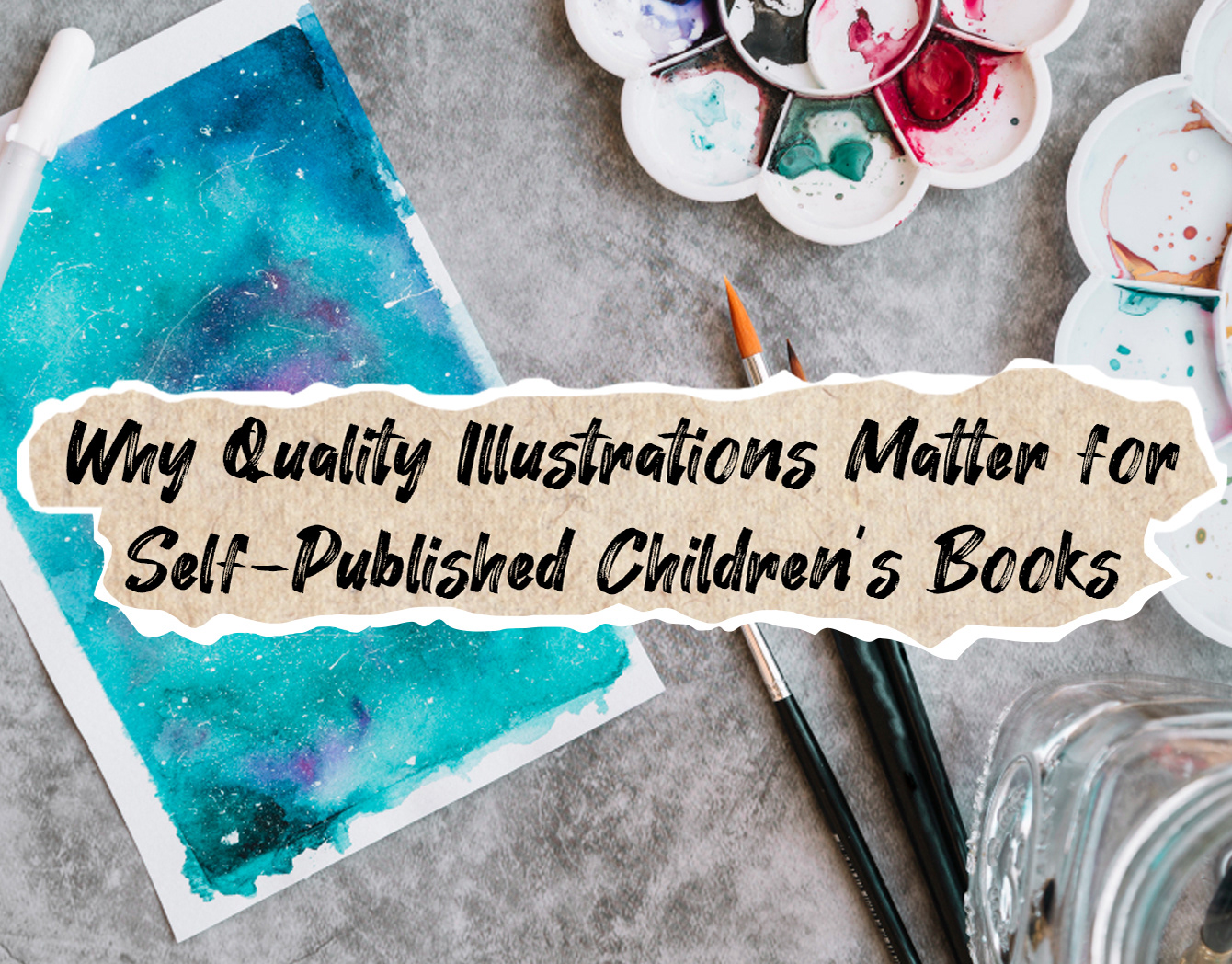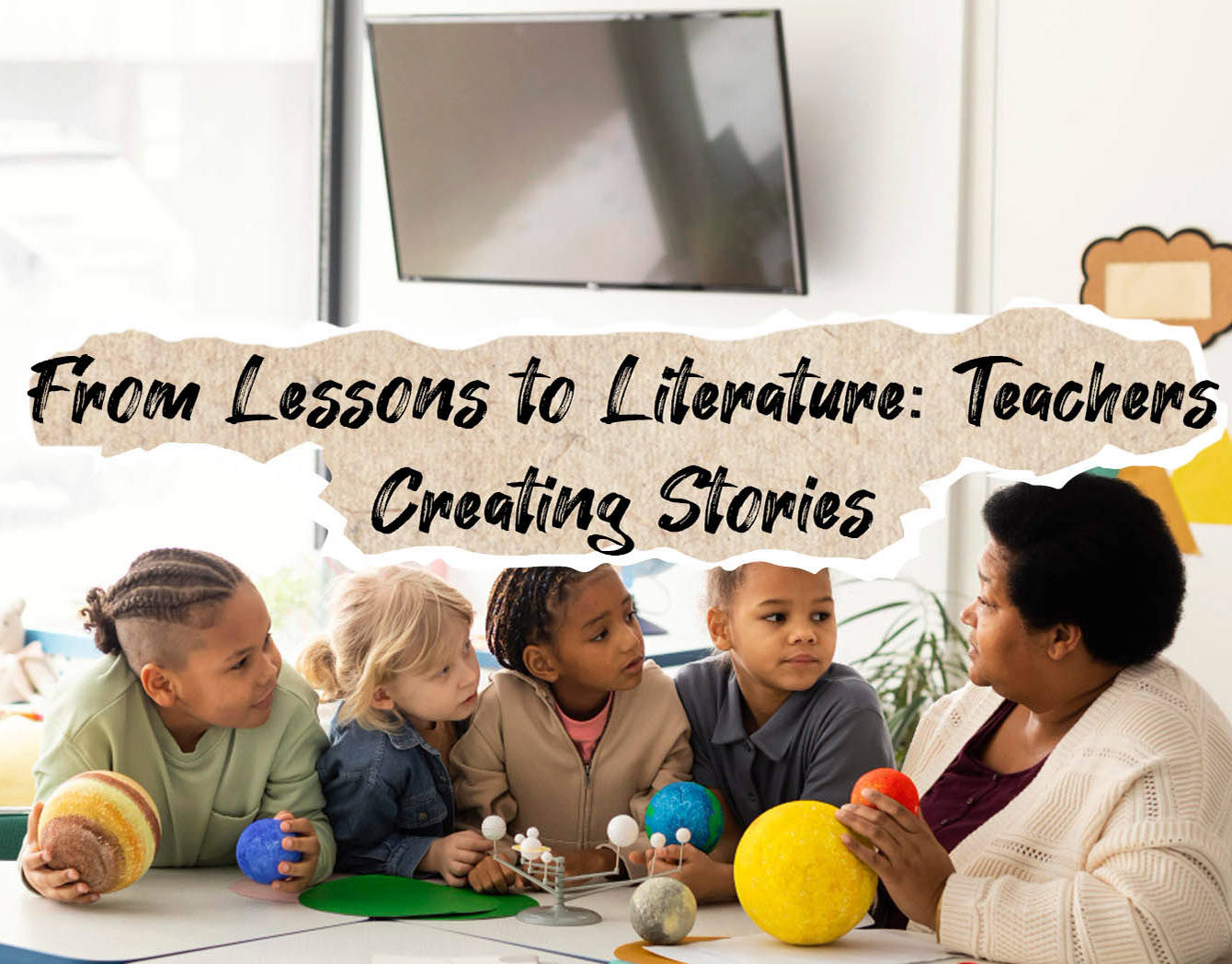As an author of children's books, you understand the importance of captivating your young readers and helping them truly engage with and comprehend the stories you tell. While the words themselves are crucial, the illustrations that accompany them can play a pivotal role in shaping a child's reading experience and comprehension. In this blog post, I'll explore the significant influence that illustrations can have on children's preferences, learning, and overall enjoyment of books.
Attracting Young Readers with Visuals
Children are naturally drawn to colorful, vibrant illustrations, which can ignite their curiosity and entice them to pick up a book in the first place. Research by Brookshire, Scharff, and Moses (2002) has shown that kids overwhelmingly prefer bright, realistic illustrations over somber or abstract ones. By incorporating appealing visuals, you can capture their attention and create an initial connection that encourages them to dive into your stories.
Enhancing Comprehension and Memory
Beyond mere aesthetics, well-executed illustrations can profoundly impact a child's understanding and retention of the narrative. The same study revealed that children comprehend stories better when text is accompanied by illustrations. Visuals provide contextual clues that help children decode unfamiliar words, grasp abstract concepts, and form mental images that reinforce the text. Illustrations can also serve as a form of repetition, reinforcing key story elements through both verbal and visual representations, thus aiding comprehension and long-term memory.
According to the dual-code theory, combining verbal information with visual elements leads to better comprehension and memory retention. This theory supports the idea that illustrations make stories more memorable by providing two forms of representation – verbal and visual.
As such, leveraging the dual-code theory by integrating well-designed illustrations can significantly enhance the impact of your stories. These illustrations not only make the books more appealing but also help children remember the content long after they have finished reading.
Fostering Engagement and Imagination
Illustrations have the power to transport children into the world of the story, fostering their engagement and nurturing their imagination. By depicting characters, settings, and pivotal moments, illustrations bring the narrative to life, allowing young readers to visualize and connect with the events unfolding before them. This immersive experience can cultivate a lifelong love for reading and storytelling.
Striking the Right Balance
While the benefits of illustrations are well-documented, it's essential to strike a balance between text and visuals. Research suggests that when illustrations directly contradict or distract from the text, they can hinder comprehension, especially for younger or less experienced readers. The key is to create illustrations that complement and enhance the written narrative, guiding children's understanding rather than confusing or misleading them.
As an author, your choice of illustrations can significantly influence a child's reading journey, shaping their preferences, comprehension, and overall enjoyment of your stories. By collaborating with talented illustrators and carefully considering the interplay between text and visuals, you can create books that captivate young minds, foster a love for reading, and leave a lasting impact on the next generation of readers.
References
- Scharff, Lauren, Jamye Brookshire, and Laurie Moses. “The Influence of Illustrations on Children’s Book Preferences and Comprehension.” _Reading Psychology_ 23, no. 4 (October 2002): 323–39. https://doi.org/10.1080/713775287.
- “Dual-Coding Theory.” In _Wikipedia_, January 15, 2024. https://en.wikipedia.org/w/index.php?title=Dual-coding_theory&oldid=1195856179
Want more content like this?
Subscribe to the newsletter by leaving your name and email below.
Thank you for subscribing!



